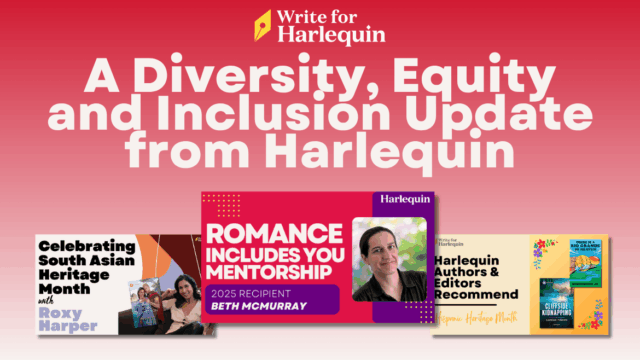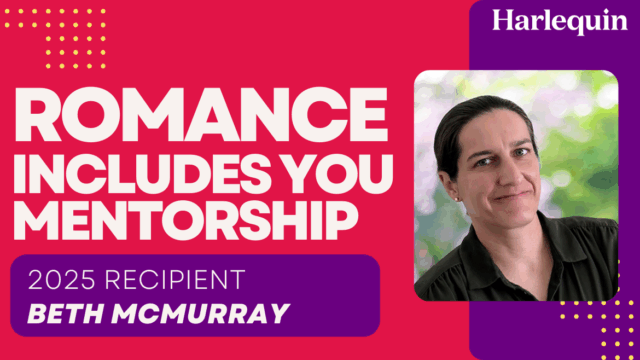
We pulled a post from our archives to review the ins and outs of internal and external conflicts, along with the top three pitfalls we see in romance submissions. If you haven’t already, we encourage you to check out this post!
But don’t stop there, why not study these concepts in action? We’ve taken a look at how conflict plays out in five romance films. Think about how these conflicts offer richness, tension and high stakes to each story.
Sleepless in Seattle (1993). This well-loved film certainly has conflict. Externally, distance and relationships with others are factors keeping Sam (Tom Hanks), who lives in Seattle, and Baltimore-based Annie (Meg Ryan) apart. Internally, Sam is still struggling with the death of his wife and doesn’t want to replace her. Meanwhile, Annie is torn about whether true love is out there, and struggles between settling for good guy Walter or taking a risk and finding “the one.”
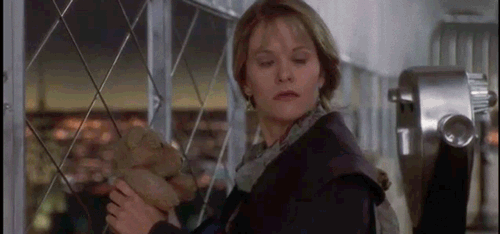
The Philadelphia Story (1940). What makes this a great movie apart from the stellar cast and witty dialogue is the authentic emotion driving the characters’ actions. Tracy’s (Katherine Hepburn) high standards for herself and others not only broke her marriage, but continue to make it hard for her to figure out what she really wants. The arrival of Mike (Jimmy Stewart) on the scene not only provides an external conflict (misunderstandings, a potential romantic rival for George and Dexter) but is also the catalyst for Tracy’s personal growth and realization of what’s holding her back from loving Dexter. It’s a very smoothly executed blend of internal and external conflict!
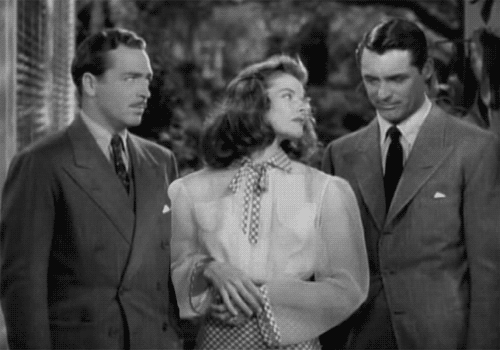
Ever After (1998). Drew Barrymore is wonderful as Danielle de Barbarac, a Cinderella character living in Renaissance-era France. Wealth, class and a meddling stepmother are major external obstacles between Danielle and Prince Henry (Dougray Scott). Despite their attraction, we see each character trying to grasp the others’ perspective of the world (Danielle finds Henry out of touch, while Henry finds Danielle overly passionate). Danielle struggles with hiding her true identity (lying to royalty? The risks we take for love!), even as she helps Henry see the world for its possibilities. Henry must decide if he can forgive, and then rise to the challenge of being the king Danielle believes France deserves.
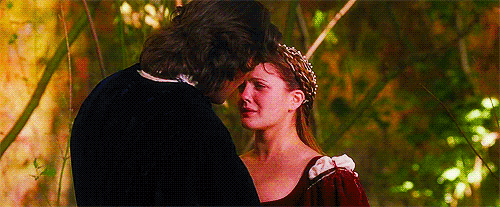
It Happened One Night (1934). This is a classic enemies-to-lovers forced proximity romance. And let’s face it, the conflict is largely external (interfering secondary characters, misunderstandings, and so on), but the whole thing is so entertaining, it hardly seems to matter. Claudette Colbert is the heiress on the lam, on her way to meet her fiancé, and Clark Gable is the reporter helping her (and covering the story for his newspaper). Their opposing goals barely conceal the fact that they’re perfect for one another, and it’s fun watching them fall in love. The movie and performances hold up well, proof that you can get away with quite a few well-worn tropes and contrivances if you’ve created likeable characters who feel genuine.
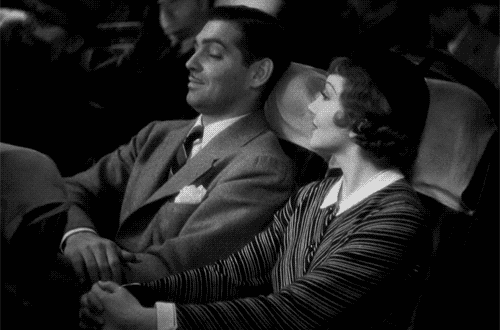
Something New (2006). In this film, a blind date sparks an unexpected romance between Kenya (Sanaa Lathan) and Brian (Simon Baker). This interracial couple struggles with outside opinions and doubts about fitting into each other’s worlds. Kenya’s Type A personality doesn’t allow her to relax into her attraction to Brian—the obsessively clean, straight-laced accountant is the total opposite of the laidback landscaper who literally likes to get his hands dirty. Kenya must learn to loosen her iron grip on control and let Brian in. While the stakes could be higher for the hero, and the internal conflict feels a bit one-sided, this movie is full of charm and sizzling chemistry to boot!
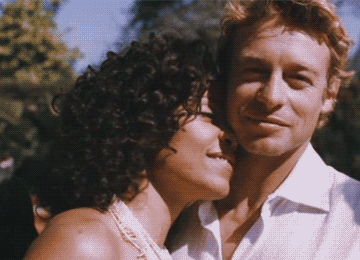
Watching romance films is a great exercise in studying conflict! And the best part is, you don’t have to feel guilty about taking a movie break—it’s work! Now it’s your turn, go watch a romance film, and spot the conflict. How does seeing the romantic conflict play out help you in your writing? As always, there’s no perfect formula, but you can always strive for that perfect balance.
Give us a romance film and your observations on the conflict presented in the comments below!


